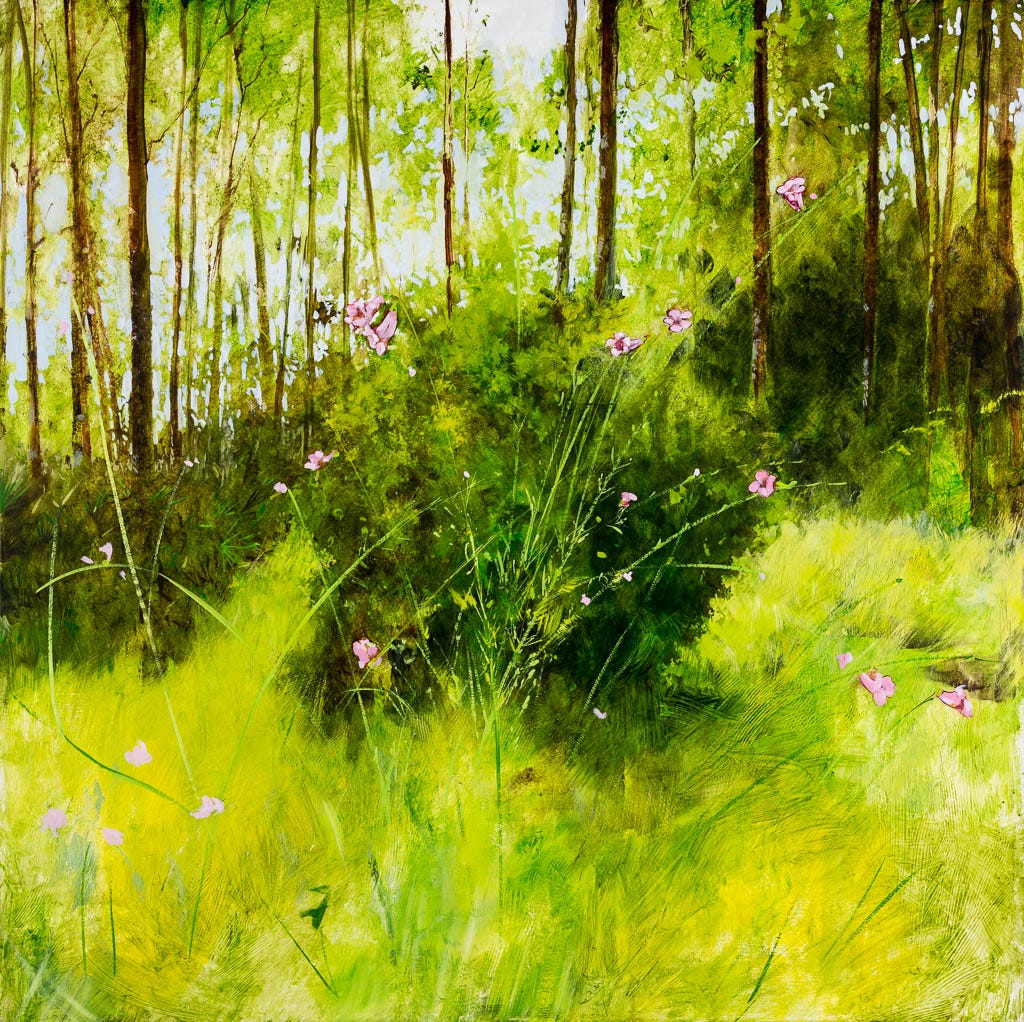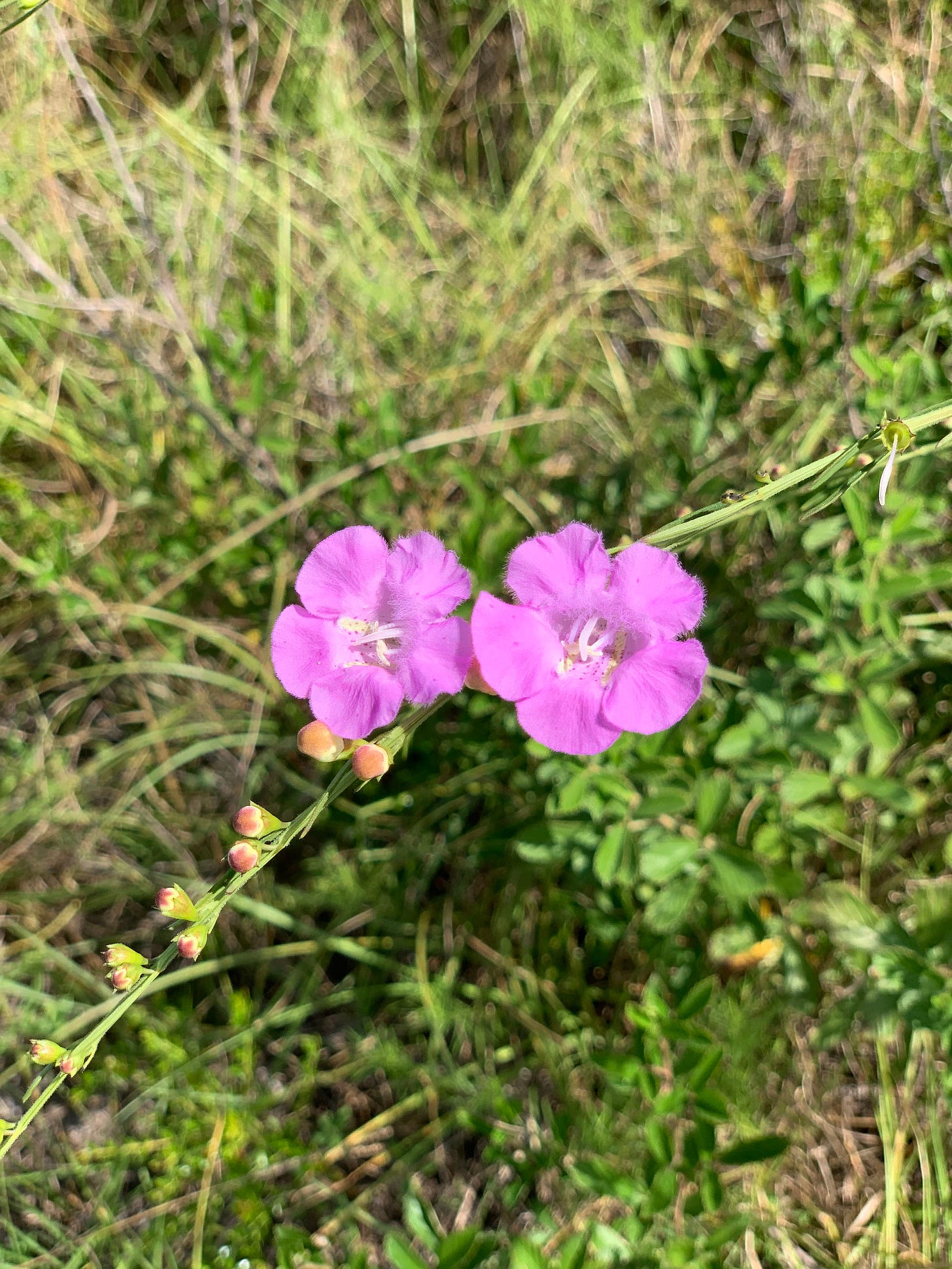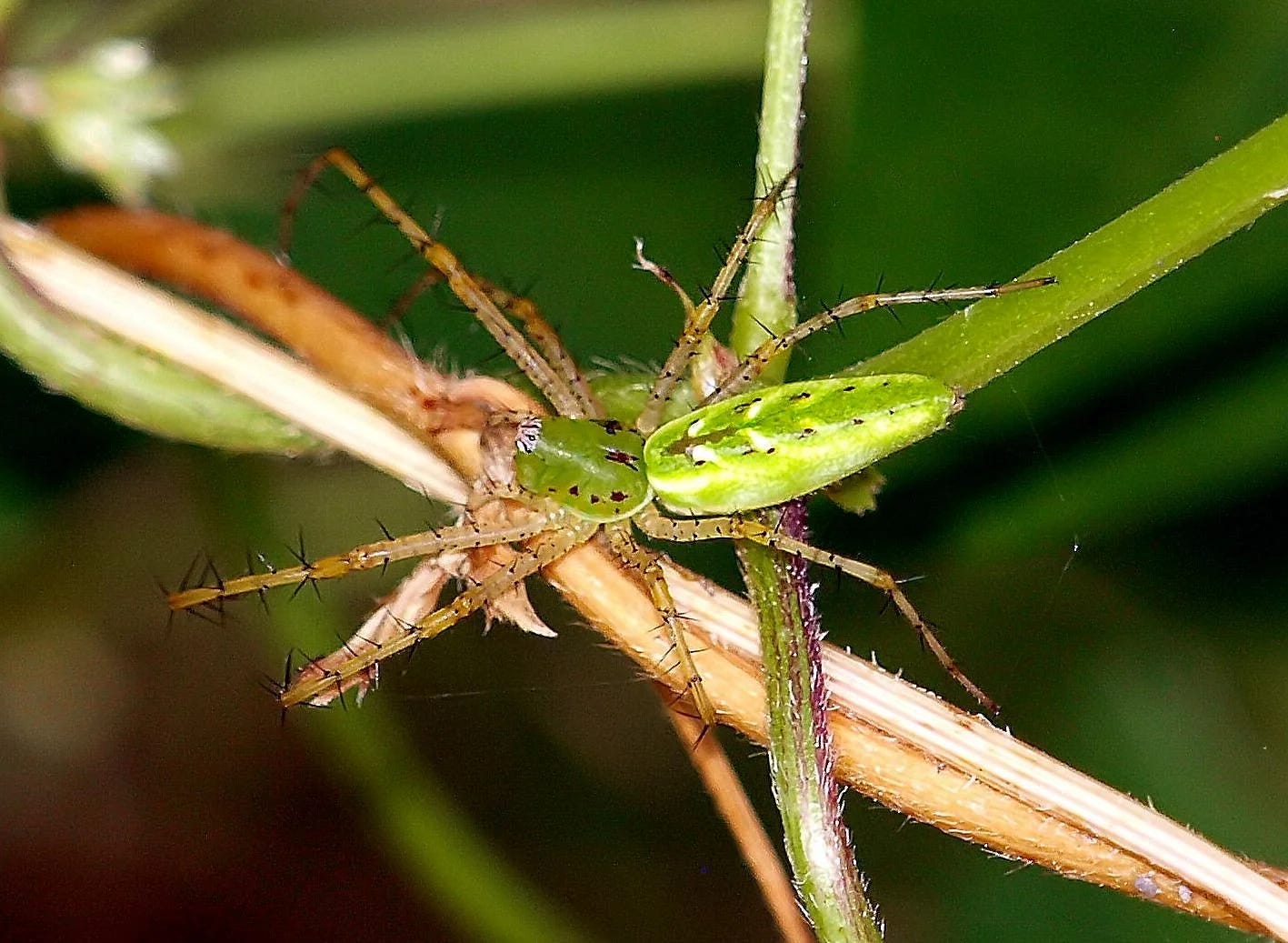Tarflower oil on canvas. 2012 private collection
So much is in the news of late about lies. The truth seems to be hidden under layer after layer of deception. Those of us who seek the truth seem to think that veracity is part of our nature. As a Radical Naturalist I take this issue to the woods and meditate on it. There in the quiet I find this assumption is completely erroneous. Truth is unnatural. Liars win and those who chose to believe are given up to the palate of the wild.
Deceit, dishonesty and dupery are all part of the game. Assembled, they become one of the basic planks in the platform of survival. The grim realities of truth are revolting. Do we expect an apex predator to carry a sign that states, “I’m here to eat you?” Of course not. Deception wins in nature and explicit honesty loses. There is nothing about a true and honest portrayal of reality that is attractive.
The Tarflower, Bejaria racemosa, is one of my favorite flowers. The sticky surfaced plant is gangly and unruly. Late spring brings a profusion of sweetly scented flowers. It’s a treat to run into a population of these lovelies on a hike in southern woods.
Do we let their pleasant attributes fool us? Try to pick a bouquet and you will feel as if you’ve been charged with an unruly roll of tape. Behind that compelling facade lurks a diabolical monster. The stems and blossoms are little more than a sticky mess, hence the name.
Tarflower is considered passively carnivorous. A bit of study tells us its ability to thrive is deeply rooted in a lie. What pretends to be a simple sweet woodland flowering shrub covers itself in a tacky syrup. The flowers attract all sorts of bees and flies to suck its nectar. Little do they know that they will fall prey to their meal. All sorts of insects get trapped by the glue, they struggle then die. A few days later their various parts fall to the ground and offer a much needed boost of nitrogen to the plant. The greed the Tarflower manifests pure genius. Lying is profitable.
From this petite study of nature we learn a simple story of survival. We learn that if we entice fools with sweet nectar and beauty they will gladly give up their life for our prosperity.
A few more steps into the woods tells us more.
There is another plant on my list of favorites that is caught up in a web of lies and deceit. It doesn’t necessarily profit form the orb of treachery but it’s presence makes it somehow complicit.
Purple False Foxglove. oil on canvas. 48x48 2014. oil on canvas
Agalinis purpurea, Purple False Foxglove, is a wispy woodland perennial. Delicate pink trumpets flap and wave in the late summer breeze. The foliage is sparse so the plant gives off an ethereal air.
This plant has a limited toxicity. Some varieties of Agalinis are poisonous to sheep and should be avoided in grazing lands. The Purple False Foxglove with which I am familiar puts on a late summer/early autumn show at Cary State Forest in Bryceville, Florida. It likes a moist yet well drained ecosystem so the habitat I refer to as “The Ditch” is perfect. I make many trips there to view this delicate beauty when it is in full bloom.
In full flower the Agalinis is little more than the liar of Dolos. The long-throated blossoms are thick with nectar. They attract all sorts of pollen-hungry invertebrates who are equipped with a proboscis long enough to penetrate. Trickery rules the day. Some lose and others are victorious.
When I go for a hike I like to sit and watch. Getting past the linear narrative of the moment, “Aren’t the butterflies beautiful?” or “What a lovely wild flower” I let my eyes open. And watch. I learn from the unfolding drama.
Once on one of my many reconnaissance journeys to the Ditch I watched the frenzy of activity around newly opened blossoms of Agalinis. Various winged species formed a halo-like aura over the plant. One or more darting now and again.to sip the nectar.
Observation showed me than some of the winged creatures didn’t return to their tribe. I watched closely as one of the stems near a particularly lovely flower suddenly pounced on a frail moth and devoured it in split second.
Green Lynx Spider, Peucetia viridans.
The Green Lynx Spider masqueraded as a part of the Agslinis plant then pounced on the unsuspecting pollinator. The spider did little more than just sit there waiting. The deception paid off.
On the same species a few feet away I looked at another plant. One stem seemed a bit thicker than the others. Upon closer inspection I realized I was looking at a praying mantis. It was feeding happily from its camouflage.
Deceit is not only useful to predators it also presents clever opportunities for the prey. It doesn’t take much in direct observation of nature to understand how helpful camouflage can be in avoiding being devoured. In the insect world I see dozens of bugs which resemble sticks, vines and leaves.
Whether it is for sustenance or protection we see that dishonesty and fraud are paramount in the out-of-doors.
For sure in the wild deceit rules the day. Our species certainly is not without fault when it comes down to trickery. Many of our tribe have learned that by creating a compelling narrative they can entice the unsuspecting victim to give up its treasure to the predator.
We see this practice many times over in commercials for various products. Wild claims present everything from cleanest dishes to the next panacea. It takes an astute naturalist to put the energy into observation of predatory activity. By knowing that the claims are not substantiated the mark may stay in the safe zone.
One thing that we as practicing Radical Naturalists can learn as we glean information from direct observation of natural occurrences is that we need not let ourselves be victims. In the wild we find neither bigots nor bullies. There are certainly few petty tyrants and wannabe kings. But we see the well rehearsed tactics appropriated from nature’s fiercest predators at play in our social scene daily.
If we look closely on the ground around the Tarflower we see many spent lives who wanted nothing more that to participate in the beauty and nectar. They paid for their indulgence with their lives. The astute bee or fly who watched his cohort get stuck in a sticky mess turned away. It stuck its nose into flowers tried and true.
Maybe its time we went to the woods with a greedy mind. Maybe we could learn a thing or two there. Maybe we could not look to observe truth but to develop a better sense of deception. How to spot it and how to avoid.
Speaking of fiction, I now have in my possession a quantity of my latest book. Shantyboat Stories is a collection of 23 short stories. They are presented in a hard-bound edition that I extremely proud of. The stories run the gamut from Southern Gothic inspired tales to creative retelling of adventures. Please collect a copy. I offer it either as a collectors edition or simply the book.
Join us at Emerald Station in Jacksonville on March 19, 2025 for a book launch. The festivities begin at 6:00 pm with a special program at 7:00.








